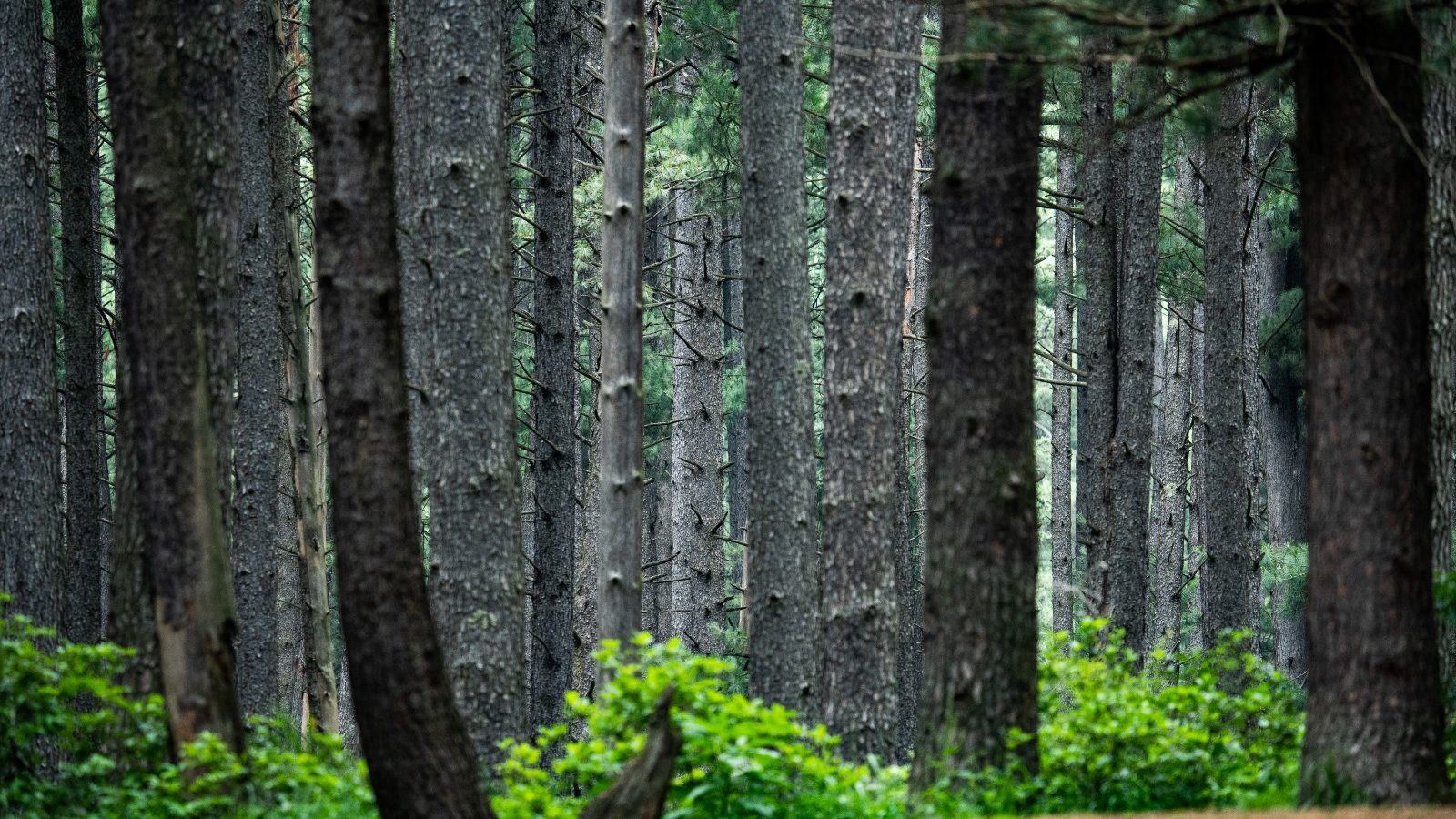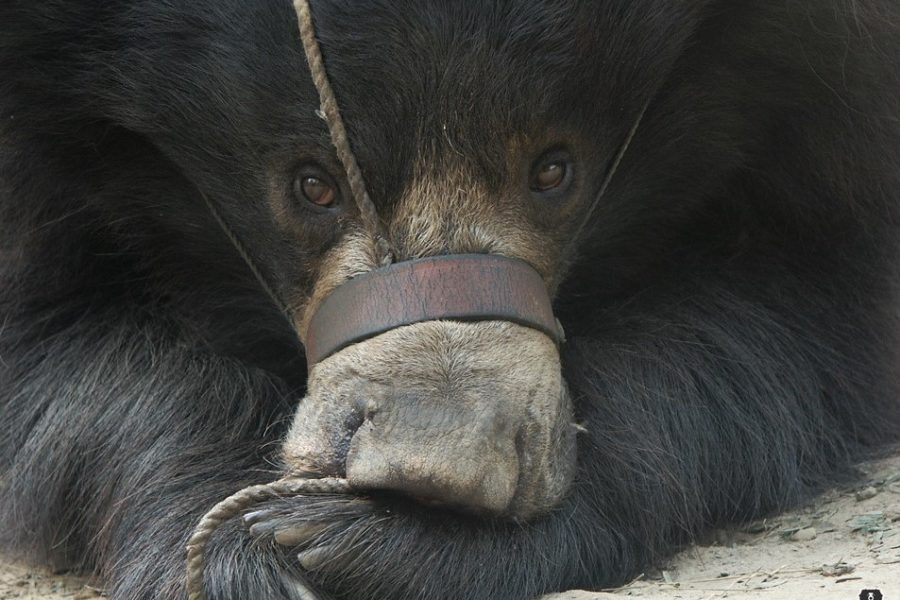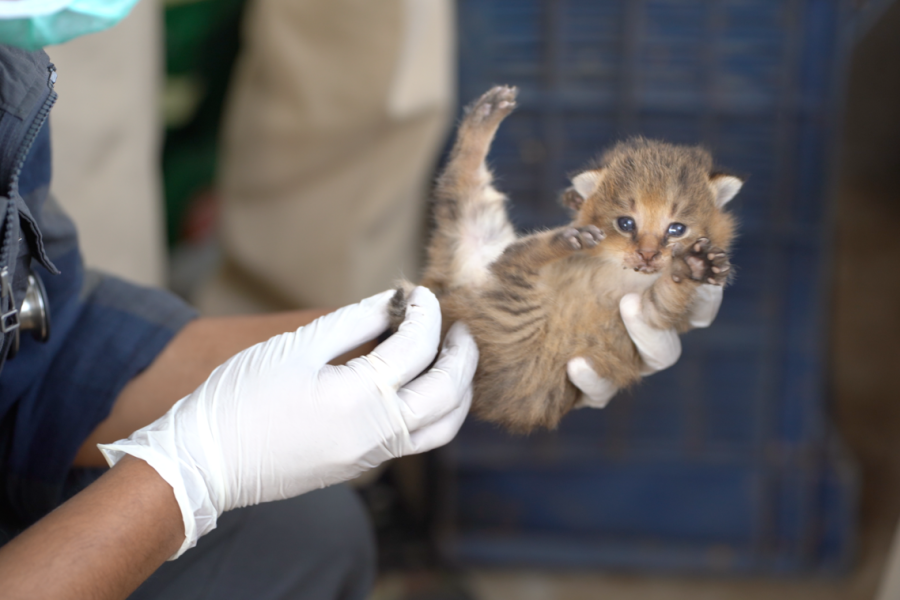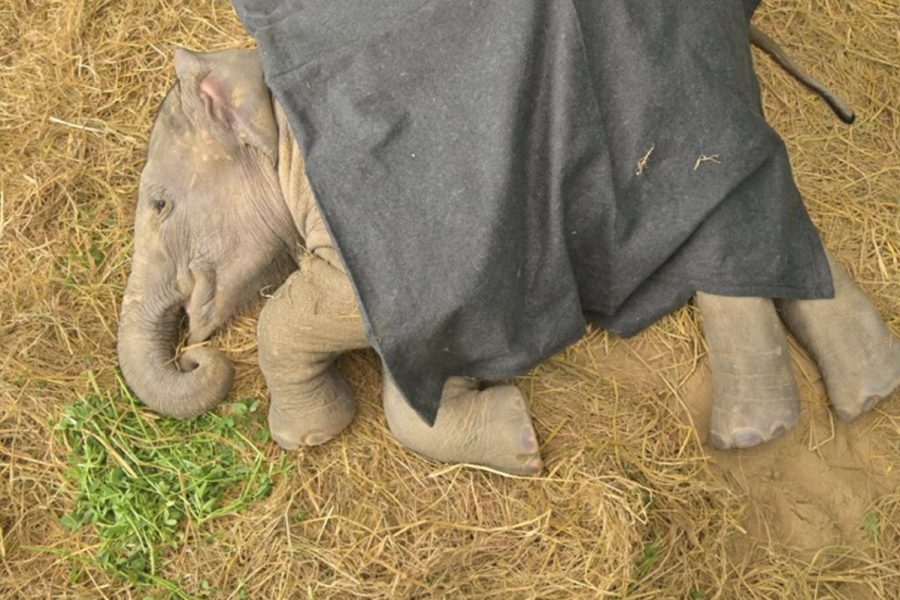A habitat is a natural environment to any living organism that provides necessary conditions for survival, growth and reproduction. The ideal habitat for each animal varies based on its specific needs, characteristics, and adaptations. Not all animals can live in the same habitat, for example, it would be astounding to find a lion roaming among tigers. Similarly, sloth bears are found in places that are suitable for them, with availability of food, appropriate climate and other environmental conditions. On that note, let’s find out more about sloth bear habitat, and what conditions play crucial roles in determining the suitability of it.

Where are Sloth Bears Found?
Endemic to the Indian subcontinent, a majority of the sloth bears reside in India, Nepal, and Sri Lanka, where its subspecies can be found. Sloth bears are adaptive to life in a wide range of habitats like dry grasslands, scrublands, and moist tropical forests. In India, they largely occupy semi-arid, lowland forests that are akin to the dry monsoon forests of Sri Lanka, where these ursines live as well. These bears are mostly nocturnal (active at night) and crepuscular (active at dawn and dusk), but are known to also be active in the day in protected conservation areas. Sloth bears in pockets with less forest cover are on the move most during dark hours, and choose to get away from daytime heat within thickets or caves formed by large rocks.
Food Factor for their Habitat
Sloth bears in the wild rely on fruit to support their appetite, which is why areas abundant with their kind are also replete with local fruit-bearing trees. A distinctive feature of these bears is that of all eight bears in the Ursidae family, only sloth bears are myrmecophagous, which means that along with fruits, they amply feed on termite and ants. Studies conducted over a large portion of the sloth bear’s range have demonstrated that the presence of termites, along with temporal distribution of supporting food resources, are important factors in determining how suitable the habitat is for sloth bears.
Being expert climbers, sloth bears are able to pluck fruits to eat from high branches of trees. To acquire the other large component of their meal, they have exceptionally prolonged claws that help them to dig deep into the earth to pull insects out. Their short hindlimbs simultaneously support their body as they perform this. Moist soil makes digging easier for sloth bears, which is why they can also be found in the deciduous forests of southwestern India.
Climate Factor for their Habitat
In India’s tropical monsoon climate, sloth bears in the wild do not have access to fruit all year round, which is why they primarily depend on the next best stable food source — termites and other insects. The balance between insects and fruits in their diet therefore varies according to the season and the geographical location of where they live. While ants and termites comprise their diet, the sloth bear supplements its nutrition with the currently growing fruit, tubers, honey, and even dung beetles. In agricultural fields and human settlements closer to the forest regions where sloth bears reside, certain seasonal crops like sugarcane, corn, bananas or coconuts invariably become a part of the omnivores’ intake.
An Ideal Habitat for Sloth Bears
Daroji Sloth Bear Sanctuary is the first sloth bear sanctuary in Asia, which is situated in the Ballari region of Karnataka, spanning 82.72 km². One of the places where we work is Daroji, which serves as a perfect habitat for sloth bears. Here are the reasons why this protected area in India forms an ideal habitat for them:
- Boulder formations in the sanctuary create extensive cavern systems. Vertically aligned boulders create pockets of deep caves, with most being interconnected across the landscape. These form excellent spaces for sloth bears to comfortably enter and reside within.
- Crevices of boulders allow the wind to pass through them, providing natural ventilation and a cooling effect. The caverns therefore become the perfect choice for sloth bears to combat the heat when temperatures rise.
- The abundance of fruit-bearing trees in Daroji ensures a year-round food supply for Indian sloth bears, with certain endemic tree species producing fruits even in the monsoon season.
- Nature’s design in this sanctuary ensures that even during periods of low precipitation, water is retained in ground fissures, especially the ones that are in shaded areas. Given that sloth bears drink water at least once each day, the natural storage provides them access on a daily basis.
Threats to their Habitat
The Indian sloth bear is susceptible to habitat loss due to their location being in lowland areas that are closer to the rapidly expanding human settlements. Anthropogenic activities like unlawful mining, quarrying, and tree-felling are invading and destroying precious wild habitats as well. With their deterioration, sloth bears now access food in places occupied by people, which leads to a high frequency of human-bear encounters. In many areas of their distribution, poaching and trading of sloth bears are also prevalent, as their bile and gallbladder are used in traditional Chinese medicine.
Wildlife SOS Conserves Sloth Bear Habitat
Once lush and abundant with sloth bears, Ramdurga valley in Karnataka had become a barren land ravaged by human activities such as encroachment, illegal hunting, forest fires, and deforestation in the name of development. In order to restore the habitat of sloth bears, Wildlife SOS initiated a conservation project in 2007 by purchasing 40 acres of land close to Ramdurga village. To prevent hunting activities from taking place, members of the local community came forward as patrol guards of this designated area. Observing how this effort led to creating a sustainable ecosystem, an additional 10 acres of land was bought in 2012, and around 10,000 native fruit and native tree saplings were also planted.
Another aspect of this habitat conservation project was to build an effective irrigation system that could support the farmers in Ramdurga village. Not only was this step successful for the community, it also revived groundwater in the region and even created wetlands that became home to various flora and fauna. A wildlife corridor had been formed to link this restored zone to a forest reserve. While this initiative was taken up to bring back the sloth bear population, it also resulted in pangolins, Indian star tortoises, leopards, Indian wolves, yellow-throated bulbuls, jackals, langurs, and many more animals making a remarkable comeback to Ramdurga valley!
The Ramdurga Habitat Restoration Project involved knowledge and cooperation of the locals, structured research, time and dedication that have helped to regain a habitat befitting for sloth bears. If you wish to support our ongoing efforts towards wildlife habitat conservation, consider making a donation.





